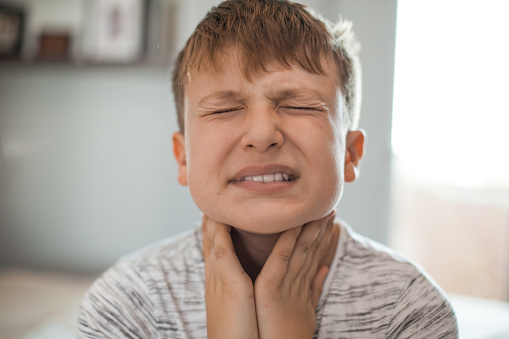Bears have large teeth and scary claws. Cacti have sharp spines. Poison ivy has the iconic red stem. Nature has a way of letting us know when danger is at hand. Yet, throughout our everyday lives, hidden dangers can introduce a threat from just a touch or a small bite to eat. For most, allergies are just an inconvenience, but for some the possibility of anaphylaxis is much more extreme.
What is anaphylaxis?
Anaphylaxis is a severe and often fast reaction to an allergy. Harvard Health describes the bodily systems that are involved: “[Anaphylaxis] involves at least two different body systems (the skin and the lungs, for example). Under certain circumstances, a drop in blood pressure alone may be a tip off that you’re having an anaphylactic reaction.” These symptoms can be intense and even life-threatening.
Swelling within the throat or respiratory system can make it impossible to breathe. A rapid drop in blood pressure can cause fainting, shock and can also be fatal. All of these mean that anaphylaxis is a real emergency. Knowing how to respond in this situation could save your own life or that of a loved one.
What causes anaphylaxis?
The Mayo Clinic describes the reaction this way: “some people’s immune systems overreact to substances that don’t normally cause an allergic reaction.” The reaction involves a flood of chemicals that the body uses to ward off an internal threat. Various internal systems can be overwhelmed by this immune response and fail under the stress. These incidents can be triggered by foods or other environmental factors often found in everyday life. The common ones are:
- Bee stings
- Peanuts & other nuts
- Certain medications
- Shellfish
- Fish
- Latex
For those uncertain about different allergens, specific tests can be sought to identify potential anaphylactic triggers. Once you become aware of a severe allergy, the best plan is to be prepared. Talk to your doctor to find out about how best to guard against reactions and what steps can be taken to respond in the case of an emergency, like carrying an Epipen.
How can I respond to a severe allergy reaction?
The first step in responding to an anaphylactic emergency is to identify the problem. Because the reaction is often unexpected and can impact the airways, a person experiencing an anaphylactic reaction may not understand or be able to communicate what is happening to them. Here are the signs that indicate a person may be experiencing this type of emergency:
Signs of anaphylaxis:
- Nausea & diarrhea
- Unconsciousness
- Dizziness
- Swelling of the throat, eyes, face, and/or lips
- Throat & tongue “feeling funny” – tingling, numbness, feeling fat.
- Hives
- Itching skin
- Pale skin
Once anaphylaxis is identified, the first step should be to call 911 immediately. Even if symptoms begin to improve, an individual should still seek medical attention in order to reduce the risk of worsening symptoms. Medical professionals often first check for clear airways.
Signs of a closing airway include:
- swollen tongue
- throat is closing
- large amounts of swelling in the throat.
If a person is not able to breathe or is unresponsive, begin CPR immediately. If the person begins vomiting or bleeding from the mouth, turn them on their side to reduce the risk of choking.
If you suspect someone is experiencing anaphylaxis do the following:
- Call 911 immediately.
- Ask the person if he/she is carrying an EpiPen (epinephrine).
- If the person needs help injecting the EpiPen, help them by doing it for them.
- If the person can swallow, it is beneficial to administer Benadryl or an allergy medicine in addition to the EpiPen. If given quickly, it can help to slow the reaction.
Does administering an EpiPen require training?
An EpiPen is a small but concentrated dose of epinephrine. Epinephrine is also known as adrenaline, a hormone in our body that stimulates the fight or flight response. It is a vasoconstrictor which constricts the blood vessels, thereby helping to decrease swelling and improve blood pressure.
An EpiPen fights all of the symptoms of anaphylaxis and can be life saving in the midst of a reaction.
The great news is that EpiPens do not require training to administer. The directions for the injection are found directly on the EpiPen. They are even designed to go through clothing so that they can be used in any circumstance. Simply have the person lay down and remain still.
The pen will instruct you to make the injection into the thigh. In the moment, it can be daunting for some people to take this kind of action. It is helpful to take a deep breath and remember that you may be the only person in the circumstance who can provide life saving care.



